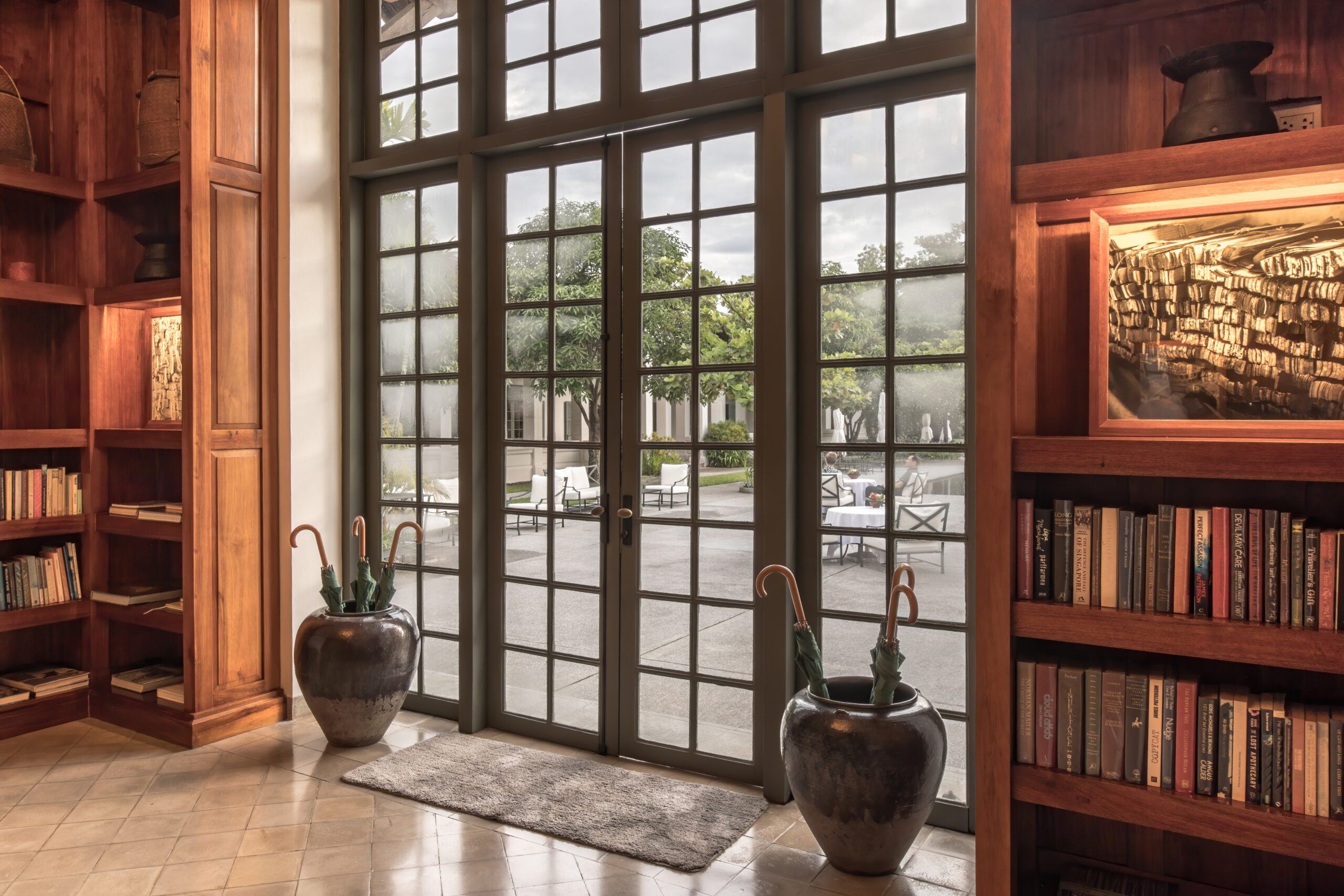Onyx: The Stone of Elegance
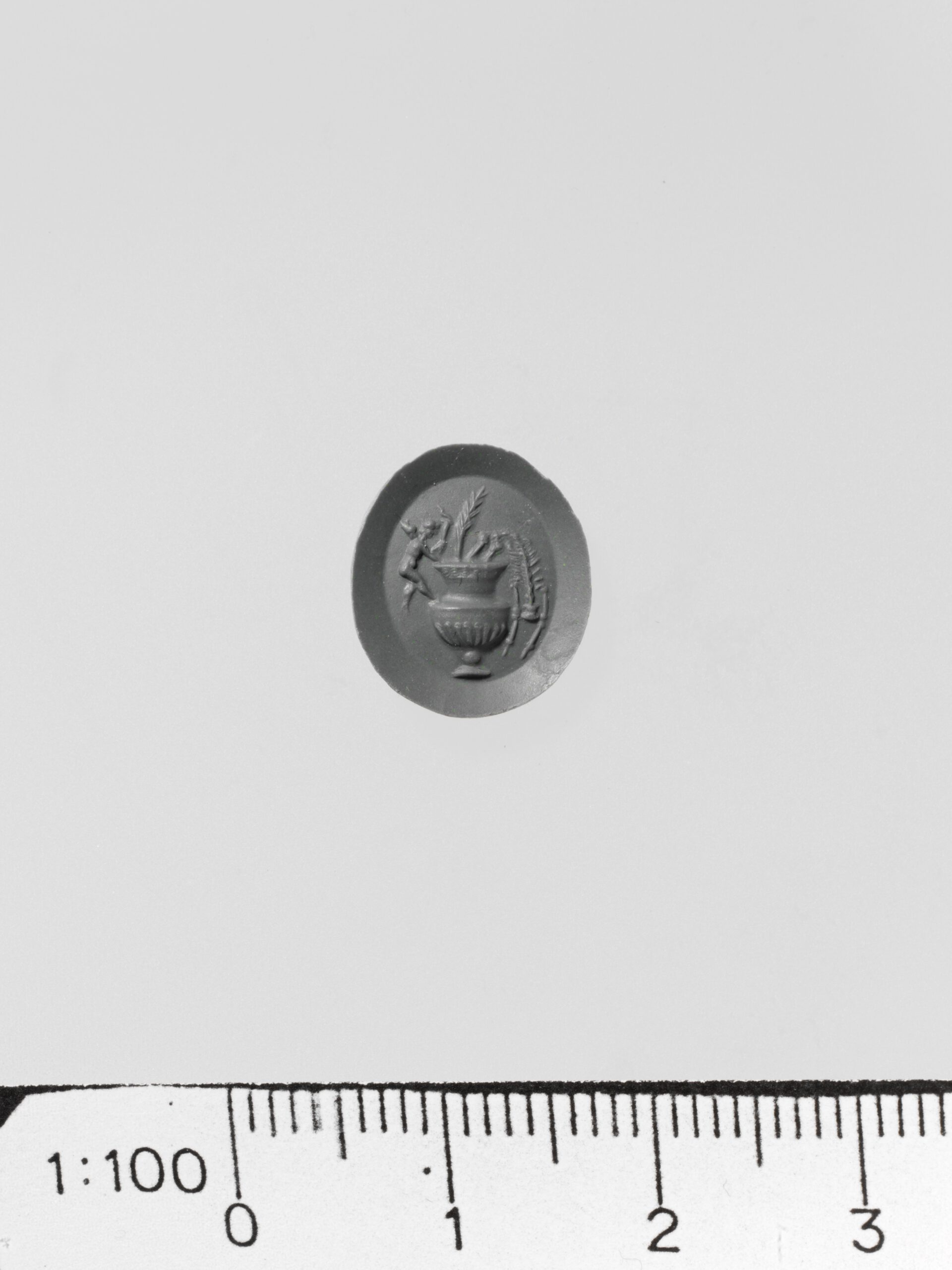
Onyx is a gemstone that takes luxury to luminous new heights in architecture. Known for its striking color bands and mesmerizing translucence, onyx can quite literally glow when backlit, creating a theatrical and dreamy atmosphere. This rare stone has graced the walls and countertops of some of the world’s most exclusive homes, spas, and hotels. In projects like the Onyx House in Dubai, architects have harnessed the stone’s unique properties to create spaces that feel otherworldly and refined. Onyx is also highly durable, making it practical as well as beautiful—a rare combination in high-end design. Recent studies from the Natural Stone Institute report a 15% surge in onyx demand among luxury builders over the last five years, a testament to its growing allure. Its price and rarity make it a symbol of distinction and wealth, transforming ordinary rooms into dazzling showcases.
Titanium: The Metal of the Future

Titanium’s entry into luxury architecture has been nothing short of revolutionary. Celebrated for its dazzling silver sheen, feather-light weight, and immense strength, titanium is the material of choice for architects aiming for futuristic statements. Unlike steel or aluminum, titanium resists corrosion and can withstand the harshest climates, making it ideal for both exterior cladding and structural features. The Guggenheim Museum in Bilbao, with its iconic titanium-clad curves, demonstrates the material’s power to define a city’s skyline. Continued technological advances have made titanium more accessible, allowing for intricate detailing that was once impossible. With the global titanium market projected to hit $5.2 billion by 2025, its use in luxury buildings is surging. Titanium’s rarity and high cost ensure that it remains a hallmark of opulent, forward-thinking design.
Marble: Timeless Sophistication
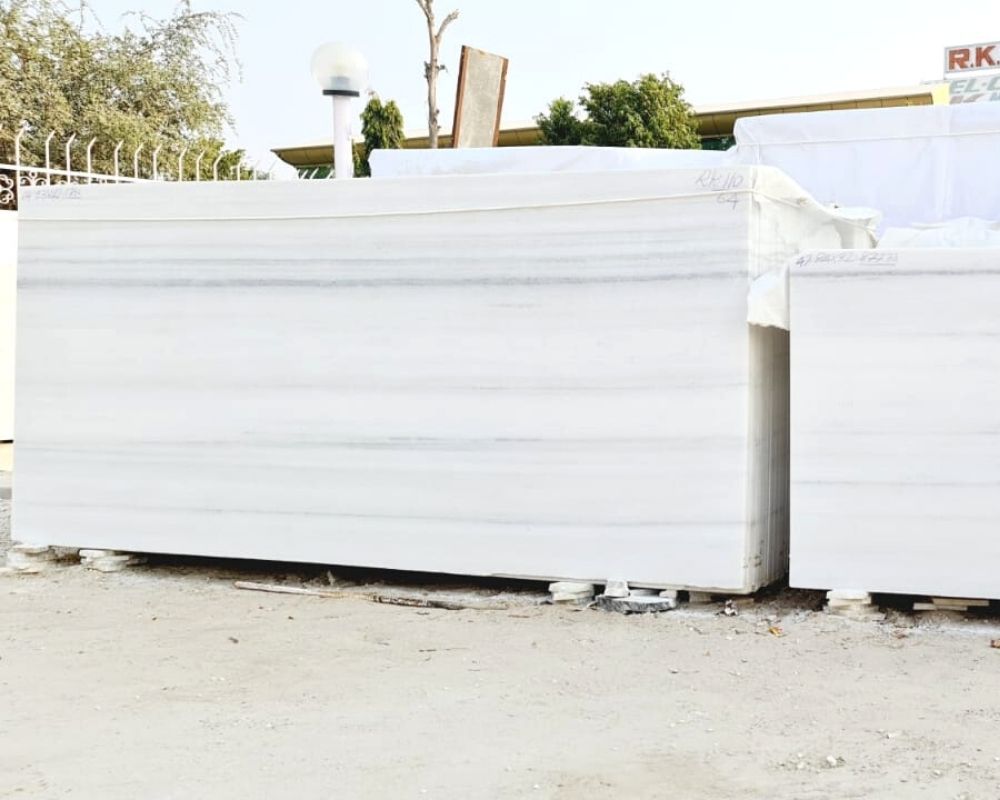
Marble has been synonymous with luxury for centuries, yet it still manages to look fresh and cutting-edge in today’s architecture. The finest varieties, such as Calacatta and Carrara, are prized for their dramatic veins and pure hues, becoming the centerpiece of grand entrances, expansive bathrooms, and lavish kitchens. The marble industry, according to the Marble Institute of America, has seen a 10% increase in sales just this past year, as designers rediscover marble’s ability to elevate interiors to museum-quality standards. Hotels and private residences alike show off intricate, book-matched marble slabs that appear almost like abstract works of art. Marble’s cool surface and lasting durability make it as practical as it is beautiful. Its return to prominence in modern design is proof that true luxury never goes out of style.
Glass: Transparency and Light
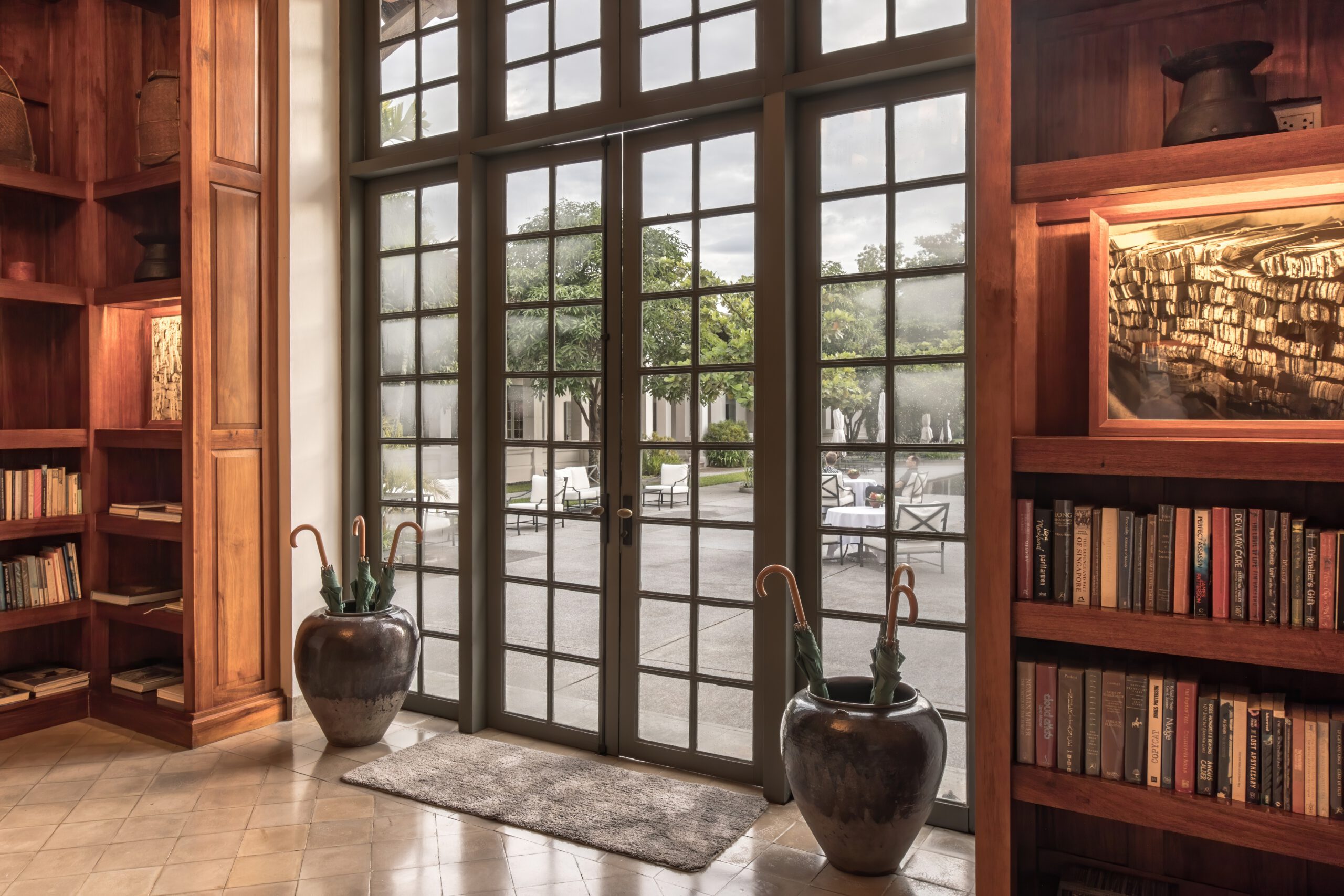
Glass is more than a window to the outside—it’s a defining feature of modern luxury spaces. The latest innovations in glass technology have made it possible to construct entire walls, roofs, and even staircases from this luminous material. Apple Park in Cupertino stands as a monument to glass architecture, its circular design and massive glass facades creating an airy, open environment filled with natural light. High-performance glass, such as triple-glazed or low-E options, not only delivers stunning looks but also boosts energy efficiency. The architectural glass market is set to reach $200 billion by 2026 as more designers embrace its clean lines and eco-friendly benefits. Glass allows luxury homes and offices to blur the line between indoors and outdoors, making every view a work of art.
Bamboo: Sustainable Luxury

Bamboo is rewriting the rules of high-end design, showing that sustainability can be synonymous with luxury. Stronger than many hardwoods yet light as a feather, bamboo grows at a staggering rate, making it one of the world’s most renewable resources. It’s now a star feature in eco-chic resorts, such as Bali’s Green School, where bamboo’s natural curves and textures create spaces that feel both modern and organic. The global bamboo market is forecasted to grow at a 5.5% CAGR through 2025, reflecting its rising status in luxury circles. Bamboo’s flexibility allows architects to explore bold, innovative forms, while its green credentials appeal to a new generation of wealthy, environmentally conscious clients. Using bamboo in upscale architecture is a statement that beauty and responsibility can go hand in hand.
Concrete: The New Aesthetic
Concrete has shaken off its utilitarian reputation to become a favorite material in luxury architecture. Advances in high-performance concrete have allowed designers to create textured, sculptural surfaces that are as beautiful as they are strong. The National Gallery of Australia is a prime example, with its dramatic concrete forms lending a sense of gravitas and permanence. Today’s concrete can be tinted, polished, or molded into fantastical shapes, making it a playground for creative minds. As the architectural concrete market heads toward a projected $200 billion by 2027, its popularity in luxury projects continues to climb. Concrete’s ability to evoke both minimalism and drama ensures it has a firm place in the future of high-end design.
Copper: The Warm Metal
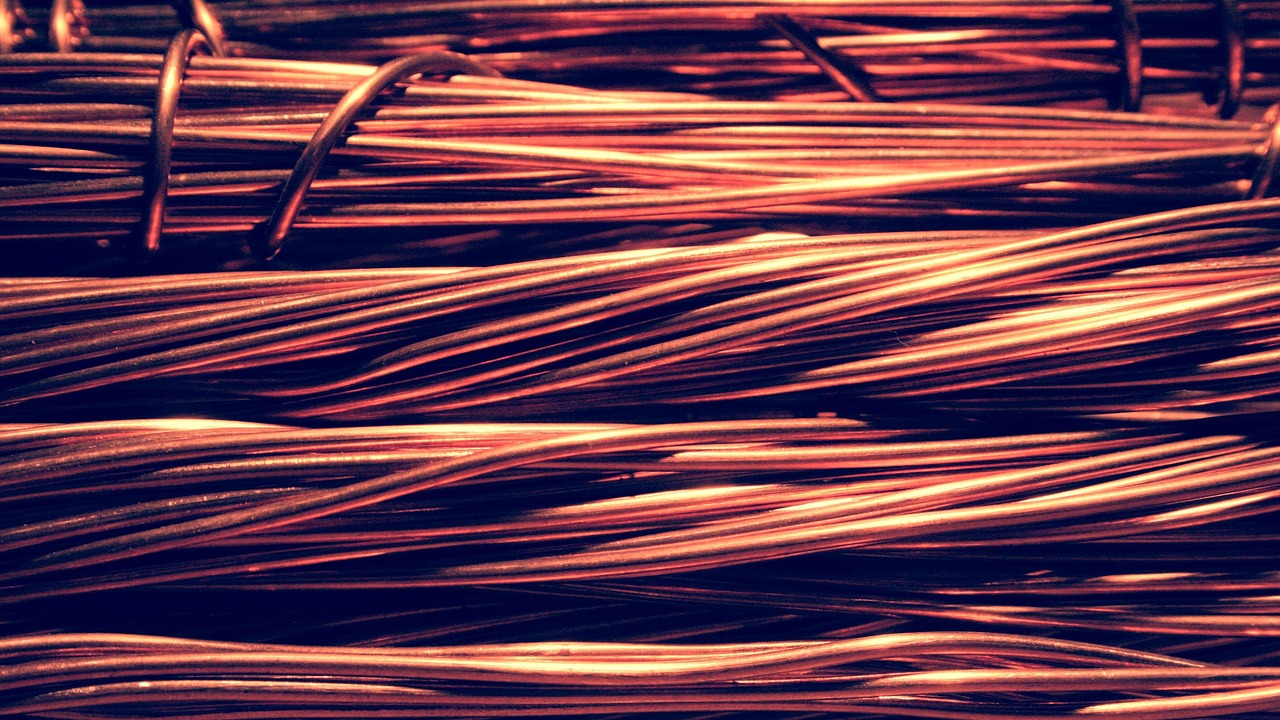
Copper’s burnished glow and evolving patina bring a sense of warmth and artistry to luxury projects. Unlike other metals, copper ages gracefully, developing shades of green and brown that tell a story of time and weather. Its malleability allows for intricate detailing on roofs, facades, and even interior accents. The Smithsonian National Museum of African American History and Culture features a stunning copper exterior that is both beautiful and deeply symbolic. Copper’s durability and natural antimicrobial properties make it a smart choice for both aesthetics and function. The copper market is expanding as architects and designers rediscover its unique qualities, ensuring that this ancient metal remains a mark of modern luxury.
Zinc: A Sustainable Choice
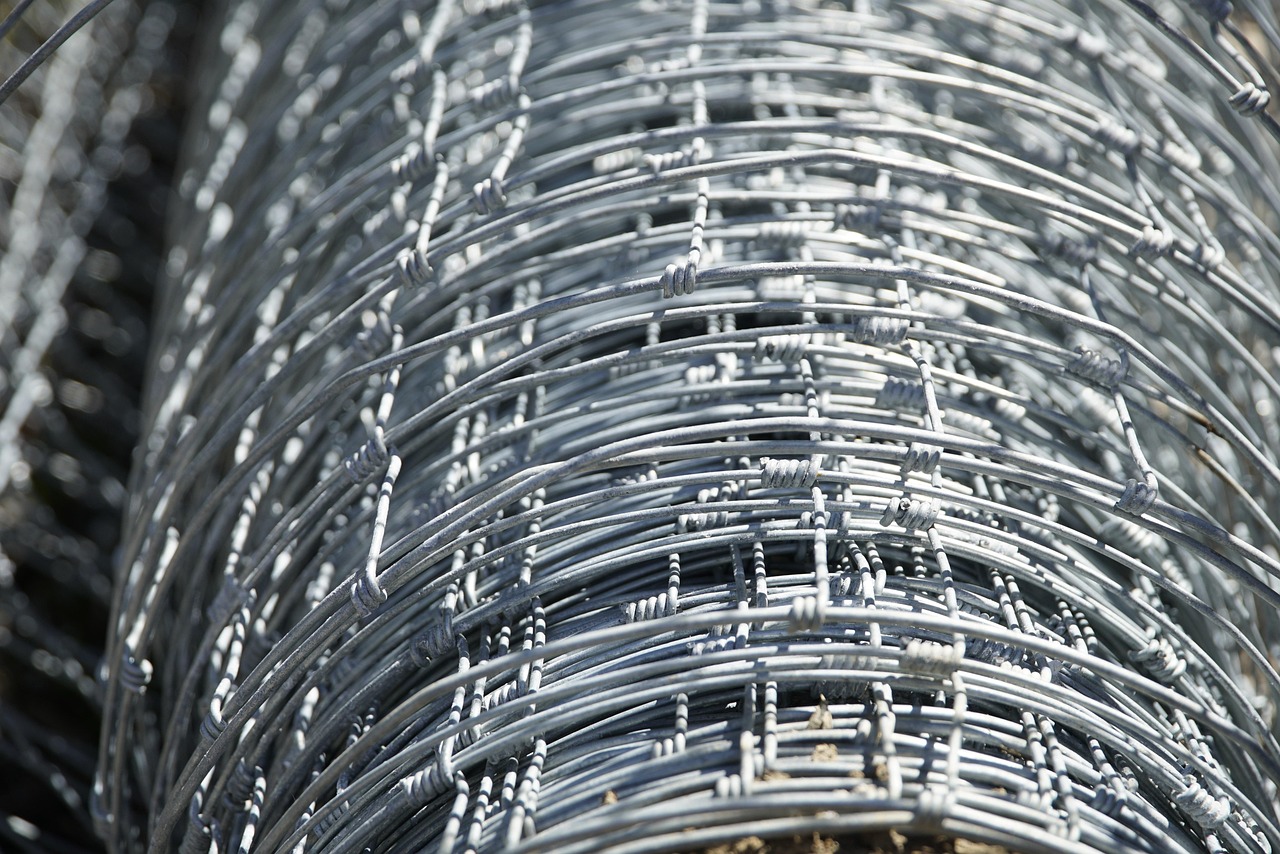
Zinc is quietly making waves in luxury architecture thanks to its eco-friendly credentials and refined appearance. Resistant to corrosion and maintenance-free for decades, zinc is often chosen for roofing and facade applications that require both elegance and longevity. The Vitra Fire Station in Germany is a striking example of zinc’s potential to sculpt bold, futuristic forms. The global zinc market is expected to reach $30 billion by 2025 as more high-end projects embrace its sustainable benefits. Zinc’s subtle sheen and ability to self-heal scratches lend a sense of understated luxury to contemporary buildings. It’s a favorite among architects who want their designs to last for generations.
Resin: The Modern Alternative
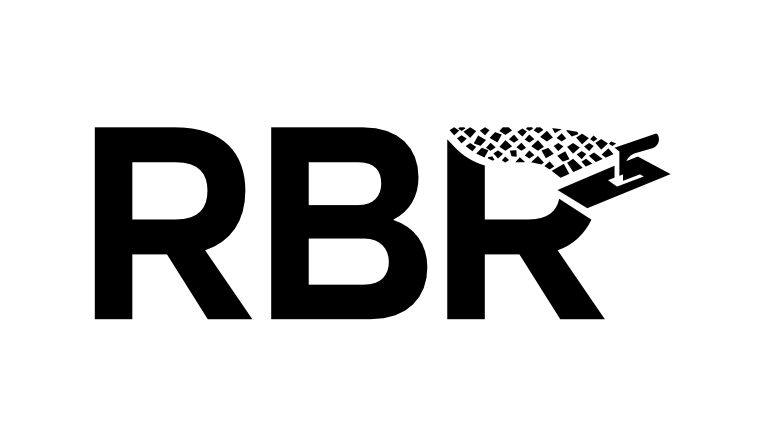
Resin has emerged as a popular alternative in luxury architecture, prized for its versatility and modern edge. Capable of mimicking the look of stone, wood, or even glass, high-grade resin is used in everything from flooring to custom light fixtures. Luxury residences are increasingly showcasing resin surfaces for their seamless finish and bold colors. The resin market is on track to reach $200 billion by 2025, a sign of its growing acceptance in high-end design. Resin’s lightweight nature and resistance to stains and scratches make it especially appealing for busy luxury homes. It’s a material that allows both designers and homeowners to experiment with new forms and finishes without compromising on quality.
Wood: The Natural Element
Wood continues to reign as a symbol of comfort and elegance in luxury architecture. From the deep red tones of mahogany to the golden hues of teak, high-quality woods are used to fashion everything from soaring beams to intricate wall paneling. Engineered wood products now allow for even greater design flexibility, making it possible to create sweeping curves and vast, open spaces. The global wood market is projected to hit $600 billion by 2027, driven by the demand for natural, sustainable materials that exude warmth. Wood’s timeless beauty and environmental appeal ensure it remains a cornerstone of high-end design, bringing a sense of peace and connection to every space.

A master of contemporary design, Bobby Burke brings a fresh perspective to home styling. His book Effortless Interiors offers readers a roadmap to achieving sleek, functional, and beautiful spaces with ease.

